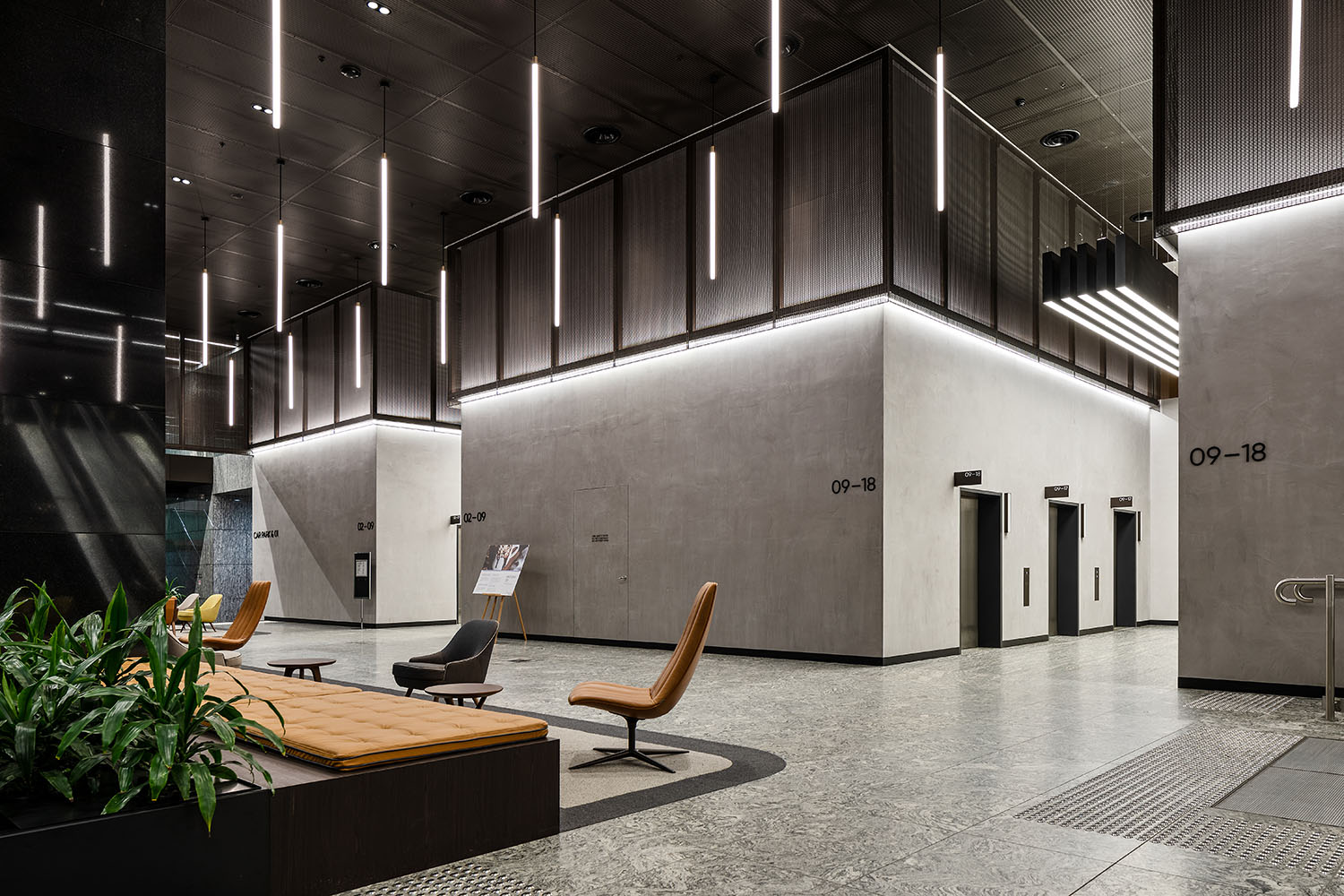
Performance Methods the Key to Meeting Section J Requirements in Lighting Design
The 2019 update of the Illumination Power densities in Section J6 of the National Construction Code (NCC) prompted the Lighting Council of Australia together with the International Association of Lighting Designers to review and provide input to the process, after which both produced Lighting industry Guide, National Construction Code 2019 (Energy efficiency rules) Tips to make the most of the new rules, to assist lighting designers as they develop more innovative designs to meet the requirements of the Code.
Here Steve Brown, Director of NDYLIGHT, Certified Lighting Designer and Professional member of the International Association of Lighting Designers, discusses the Section J requirements of the NCC, the Lighting Council of Australia Guide to the requirements and the changes we can expect to see in architectural lighting design as a result.
It was well understood that the lighting industry was leading the way with regards to meeting the National Energy Productivity Plan (NEPP) 2019 targets, due primarily to the scale of investment by Australian and global lighting businesses towards the development of improved efficiency LED products. The NCC section J however had not yet caught up with the gains the lighting industry had made. As a result, the lighting industry knew a seismic shift in lighting power density reductions was on its way when the NCC was due for review and update.
The Lighting Council of Australia, Illumination Engineering Society of Australia & New Zealand and International Association of Lighting Designers collaborated with the ABCB for about 18 months after the initial proposed changes were issued for comment in mid-2017. A public consultation process was also run by the ABCB during that period. The NCC 2019 as issued reflects the agreed position at the end of that process.
Prior to the formal introduction of the updated NCC the industry as a whole recognized that industry education would be required to ensure proper implementation and compliance with the changes. The Guide was borne out of the collaboration between industry leaders to assist designers to successfully deliver on the ambitions of the code.
The areas of focus for the Guide include the reduction in allowed Lighting Power Densities (watts per square metre) included in Section J. Although control credits remain, and the industry was able to get some additional credits for items associated with lighting quality – such as additional allowances for using lower colour temperature, or high CRI values, to reward the use of lighting equipment better suited to the indoor human environment. There are also exemptions (lighting types that are effectively outside the section J requirements) which if carefully applied could assist the overall power density equation.
Of concern is the way the derivation of the lighting power densities in Section J are so closely linked to the illuminance recommendations in AS1680 – figures which the creators of the code only ever intended to be recommendations, not hard-and-fast cast-in-stone requirements. By linking a mandatory watts per square metre to an illuminance level, the requirements virtually, by default, make the illuminance recommendation mandatory. For example, AS1680 lists office foyers as 160 lux. Typically, a foyer lit to 160 lux as seen from a bright summery streetscape outside looks very dim. The figure was intended as a minimum, not ideal.
The requirements of the NCC use watts as the guiding measure, however delivering an effective lighting scheme isn’t just about watts as wattage is a snapshot in time. In reality, whole-of-building energy efficiency should be measured in kilojoules, which takes time into account. For example, a space that is only used one or two hours per day should have a higher allowance.
Lighting Quality means achieving an optimum balance among human needs, architectural considerations, and energy efficiency. The benefits of lighting include human visual, biological and emotional aspects. The challenge is trying to satisfy all of these and keep the NCC watts-per-square-metre requirement in check.
During the consultation process over the changes in 2017 and 2018, one of the terms used was that watts-per-square-metre was a blunt-force instrument to achieve energy compliance. However, there is a sentiment amongst the design community that AS1680 is an equally blunt-force method of easily measuring lighting ‘compliance.’ It does not in any way measure lighting effectiveness.
In order to understand lighting’s role in consuming energy which contributes to the climate emergency, we need a working measure of lighting efficiency. In order to understand lighting efficiency, we need a measure of lighting’s effectiveness. In order to measure lighting’s effectiveness, we need lighting metrics that measure human response to lighting.
This is where the new Performance Method solutions, which are included in Section J will come into their own.
The new Performance Method Solutions are a new concept in the lighting industry. Performance methods require designers to demonstrate that the solution provides the desired benefits without compromising the efficient use of power in a building.
Designers delivering a performance-based solution will also need to be adept at consulting, not only with the client and the building certifier early in the design process, but also with the other building services designers. This consultation is crucial to ensure that energy efficiencies gained in one area of design, for example in the specification of energy efficient HVAC can be factored to allow for more energy to be utilised for the lighting scheme.
Overall performance-based solutions are likely to be the solution to successful implementation of Section J and reducing the power consumption of a building as a whole, not just by lighting.
